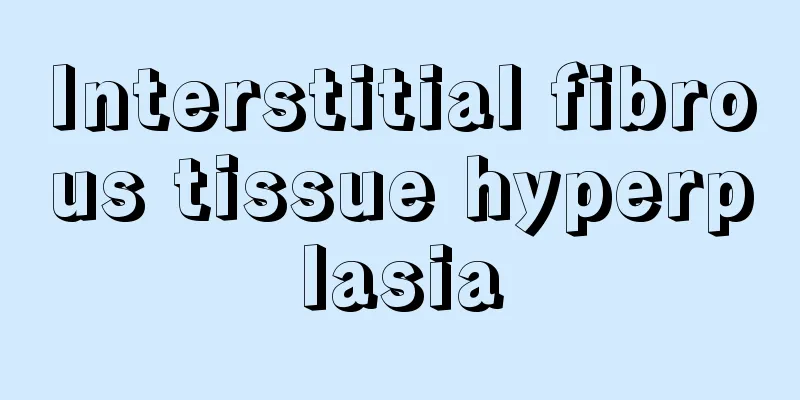Interstitial fibrous tissue hyperplasia

|
Interstitial fibrosis is a manifestation of thyroid nodules. Thyroid nodules are also a very common disease. These nodules can be benign or malignant. Malignant nodules may become cancerous. Although benign nodules will not worsen in the short term, they also need to be treated with certain methods. Below we will introduce to you the treatment methods for different types of thyroid nodules. 1. Solid single nodule If a solitary thyroid nodule appears to be a hot nodule on radionuclide scanning, the possibility of canceration is low, and thyroid suppression therapy or radionuclide therapy can be tried first. Cold nodules often require surgical treatment. Any single nodule that develops rapidly and has a hard texture, or is accompanied by enlarged cervical lymph nodes or occurs in children, should be treated with surgery as soon as possible because of the high possibility of malignancy. 2. Multinodular goiter (MNG) Traditionally, it is believed that the chance of MNG developing cancer is lower than that of a single nodule. High-resolution ultrasound examinations have revealed that many of the nodules diagnosed as single nodules are actually multiple nodules. It is now believed that there is not much difference in the incidence of cancer between the two. Therefore, the treatment of MNG must first exclude malignancy. A decrease in sTSH indicates hyperthyroidism. If the FNA cytology diagnosis is malignant or suspected of being malignant, surgical treatment should be given. 3. Cysts are benign or malignant degenerative Malignant transformation can form cysts; pure thyroid cysts are rare, and any persistent or recurrent mixed masses should be removed. 4. Intangible nodules In recent years, due to the development of B-ultrasound, CT, and MRI, small, impalpable thyroid nodules may be unexpectedly discovered during other examinations. This situation is more common in the elderly, who generally have no history of thyroid disease, no thyroid nodules, and no risk factors for thyroid cancer. If the nodule is smaller than 1.5 cm, only follow-up observation is required. If the nodule is larger than 1.5 cm, FNA can be performed under ultrasound guidance, and then further treatment can be performed based on the cytology results. 5. Radiating nodules People who receive radiation therapy to the head and neck are prone to thyroid cancer, which can occur as early as 5 years after radiation and as late as 30 years. Patients who develop thyroid nodules after radiotherapy to the head and neck should undergo FNA for confirmation. |
<<: Chronic gastritis with hyperplasia
>>: What is connective tissue hyperplasia
Recommend
Functions of Ligustrum lucidum fruit
Perhaps you have not noticed that many of the fru...
What is the reason for a cold butt
Now because of my weak physical constitution, I o...
What is the definition of influenza vaccine A(H1N1)
Any disease has its own characteristics. When tre...
The best way to prevent mosquitoes
In the hot summer, mosquitoes begin to breed. Whe...
Side effects of niacinamide on the skin
For those who love beauty and know how to protect...
Early diagnosis of pancreatic cancer
According to experienced surgical experts, there ...
What is the basis for diagnosing liver cancer with alpha-fetoprotein? Mainly these two points
Liver cancer is a malignant tumor of the liver, w...
What are the Chinese patent medicines that can replenish qi, strengthen the spleen and eliminate dampness?
The first thing everyone does when they are born ...
What are the early symptoms of lung cancer? Early lung cancer will have these symptoms
Lung cancer is a relatively common malignant tumo...
What walnut variety is the best
There are actually many varieties of walnuts, but...
The efficacy and function of donkey-hide gelatin: improving immunity and delaying aging
I believe that everyone is familiar with donkey-h...
What are the dangers of squatting in the toilet for a long time
When the human body walks for a long time, the fe...
What are the treatments for ovarian tumors?
According to experts, ovarian malignant tumor is ...
The first symptoms of breast cancer usually include breast lumps
The first symptom of breast cancer is usually a b...
What are the treatments for lung cancer? The 4 best treatments for lung cancer
If you have early lung cancer, timely treatment, ...









